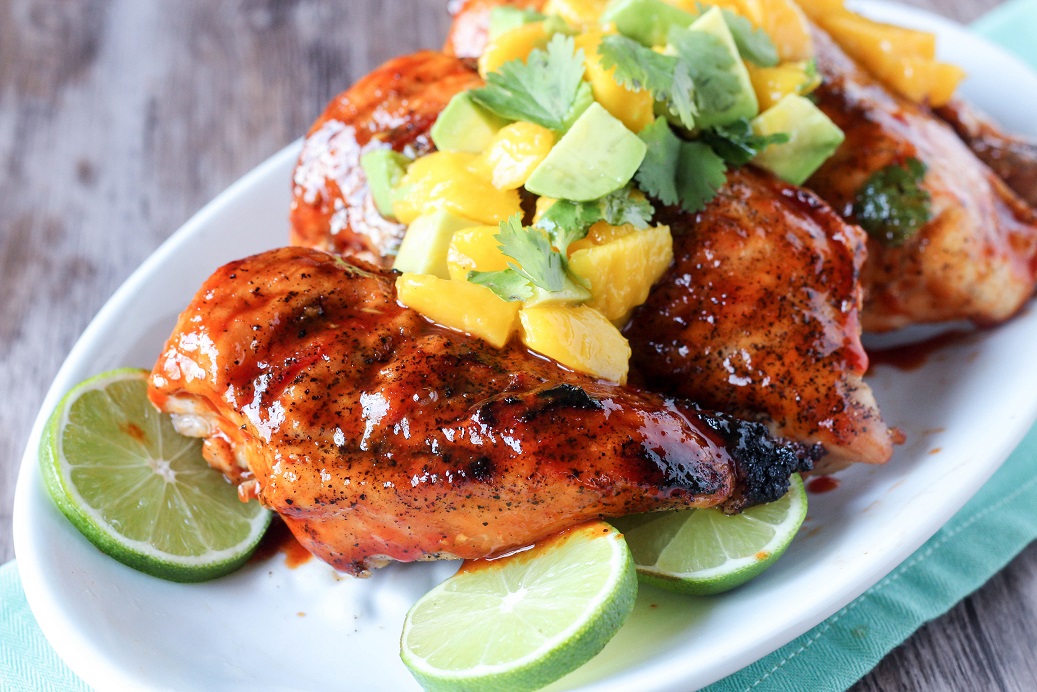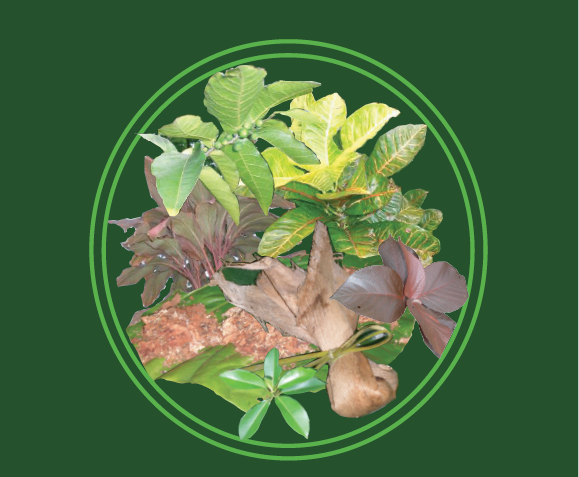Every nation has their iconic national dishes.
They are recipes that are a reflection of that country’s settlement and migration and have been passed down through generations.
Their origins and heritage may have been borrowed from faraway lands, but recipes evolve over time as innovative cooks add their own touches.
Putting down a lovo on Fiji Day is as patriotic as barbequing shrimp or eating roast lamb for Aussies on Australia Day.
Today, will see traditional recipes for palusami, pork, chicken and lamb.
Charring whole fish over wood fires, eating fresh seafood mixed with leafy greens in coconut milk and the obligatory pot of chicken curry or chop suey.
For most of us today, Fiji Day 2021 will mark nearly the end of our 18 month fight against an invisible virus that no one could have imagined would stop the world in its tracks.
Along the way we have lost loved ones, many businesses have gone out of business, and tens of thousands have lost their jobs.
It’s been a devastating two years for most countries.
Here in Fiji, our geographic distance allows us some respite from humanity’s troubles.
The resilience and tenacity of the Fijian people is one of the most endearing qualities of our people, and today we are again reminded that Fijians are descendants of one of the last living ancient civilizations on the planet.
And there is no better reminder of this as Fijians across the islands deploy the world’s oldest and most ancient of cooking techniques – the lovo.

The primordial oven
Ever since man learned to rub two sticks together, the wood fire was considered the soul the community and the heart of the family kitchen.
It provided warmth and protection from predators and bugs, whilst fragrant foods sizzled and roasted over the hot coals.
The crackling tinder provided a quick means of cooking small amounts of food, but it was the development of the earth oven that best suited bulk meals, for big family gatherings – perfect for extended Pacific island families.
Without the need for utensils or pots, and the abundance of fuel, river stones and large leaves, the lovo provided the most practical means of cooking large amounts of food.
The earth oven provides a perfect way to steam-bake whole animals, and render hard tubular root vegetables soft and edible.
Known by many names throughout the islands, its origins can be traced back to early Polynesia, spreading across the northern and southern Pacific islands over thousands of years, and adapted further to local conditions.
The umu (Polynesian), hangi (Maori), nguau (Tongan), imu (Hawaiian), mumu (PNG), motu (Solomon Islands), koua (Rotuman), ahim’a (Tahitian) and bouga (New Caledonia) all share the common technique of a hot fire to heat volcanic or river stones, which in turn heats and steam-bakes the food enclosed in earth.
Some built it above ground, but in Fiji we dig a pit into the ground. Even the early Australian Aboriginals employed this technique, using deep pit ovens to cook fish, crustaceans, shellfish, kangaroos and wombats.

The typical fijian lovo
Like a modern combination oven, the lovo is a dual method of cooking bulk foods, slowly breaking down tough on-the-bone meats.
Once the earth pit has been dug, a fire is prepared with specific woods or coconut husks as fuel.
These are then covered with river stones that retain heat over a prolonged period. As the oven is being prepared, the village community wraps the raw meat and vegetables in banana or coconut leaves, sometimes marinated with citrus fruits and freshly grated coconut.
The green tropical fruit leaves not only help to protect the meats against excess burning, but the moisture and oils help to form individual steaming parcels which contribute to the overall process of cooking.
Pork is also pre-soaked in a brine of natural seawater to infuse seasoning and to remove any residual bacteria.
The parcels are then carefully placed onto the hot stones, usually on a wire rack to make it easier to remove later.
Raw meats like pork are placed at the bottom, followed by root vegetables, chicken, fish and leafy green taro leaf parcels known as rourou; stacked neatly in order of cooking time and distance from the heat source.
The parcels are then covered with more green leaves, or sacks soaked in water, and buried under a mound of sand.
With intense heat radiating from the bottom of the oven and moisture at the top, the artisan construction creates an oven with high humidity and fire heat that can reach in excess of 300 degrees Celsius.
After at least 2 hours, the oven is unearthed in reverse order to reveal a distinct smokey aroma that has penetrated the boned meats and root vegetables with delicious primal flavours and charcoal undertones.
The meat just falls off the bone, and is perfect when eaten with fresh salads of wild bush ferns, a freshly-squeezed coconut miti sauce, smokey root vegetables and bush tomato chutney.

Cannibal sauce
Early missionaries documented the lovo during the pre-contact, cannibal days of Fiji’s past, when the victorious clan would cook up the spoils of war for their chief.
The pieces of man-meat were wrapped in green borodina leaves, whilst the women prepared a tomato chutney from the same plant to accompany their winning feast.
Somehow, the ancestors worked out that human flesh is best eaten with tomato sauce – a possible explanation of why Pacific islanders today continue to eat their food smothered in tomatoes.
Sweeten your lovo
How will you lovo on Fiji Day? Like many others you may be tempted to just do the same thing with your chicken or pork, but with mango season now upon us, using the “king of fruits” may just turn “not another lovo” day into an exotic celebration with the sourness and sweetness of mango.
To infuse your meats with deep flavours of herbs and spices as it cooks in the lovo, place them into a pot with a marinating liquid – and bury the entire pot with its lid too.
A pot roast of pork, chicken, beef or lamb cooked in the lovo allows the meat to slowly braise in a liquid whilst being smoked by the charcoal at the same time.
Sugary additions like mango provide some tropical sweetness and help to thicken the sauce as your meats braise.
You can use an old roasting pan, claypot or pot.
Just make sure the pot doesn’t have plastic handles or they will melt!
You will also need to allow for the height of the pot, so dig the lovo a bit deeper.
Before you bury the pot roast, season the meat all over with salt and pepper and sear it brown on a stove pot first.
Wrap the meat in coconut leaves and then return it to the pot with a recipe of spices, fruit and liquid.
Cover the meat with more leaves whilst in the pot, cover with foil or a lid, then bury. Once family and friends have tasted a lovo pot roast, they’ll wonder why you didn’t think of it sooner.

Sweeten your curry
It is not so common for Fijian curries to utilise fruit as either an ingredient or natural sweetener but many South East Asian recipes do.
My favourite is a Thai red curry duck with lychees.
The sweetness of the lychee tempers the fiery red chilli and compliments the rich coconut sauce.
Mango is the perfect partner to a spicy chicken or lamb curry.
The exotic sweetness of mango pairs perfect with curried meats and in the case of lamb helps cut through its fattiness.
Many local curries are two dimensional, meaning they are deliciously spicy and fl oral but the additional of some sweetness helps round out the flavour.
Green or raw mango adds crunch and body, but try adding some ripened mango to your next curry pot.

Mango chop suey
Like pineapple, mango can be found in many Asian stir fry recipes including black pepper beef and Sichuan pork.
Semi ripe mangoes are the best for if they are over ripe they become mushy and dissolve in the sauce to easy.
Peel and slice the mango then throw them into your hot wok or fry pan towards the end of the cooking process so they retain their shape and colour.
There is something magical about eating stir fry beef or pork with mango.
A match made in heaven!
Tavu fish with mango
If you are serving grilled or roasted fish with your lovo next week, try serving it with a rich mango sauce.
Fish can get a little boring without an accompanying sauce and if you are sick of just serving tomato sauce at your function, surprise friends with a deliciously sweet mango sauce or chutney.
Over ripe mangoes are perfect in these types of recipes as the sauce should be pulpy to service with the soft flesh of fish.
A simple recipe is frying the mango pulp with onions, chilli, garlic and a little cinnamon, but don’t be afraid to go more exotic with an aromatic citrus mango chutney that offers tartness to compliment the smokiness of charcoal grilled or lovo fish.
Enjoy Fiji Day 2021 with these fabulous mango- inspired recipes, and don’t forget to “Put up a flag, and put down a lovo”. Happy Fiji Day!
- LANCE SEETO is the chef/owner of Nadi’s premiere fusion gastropub, Kanu Restaurant.





